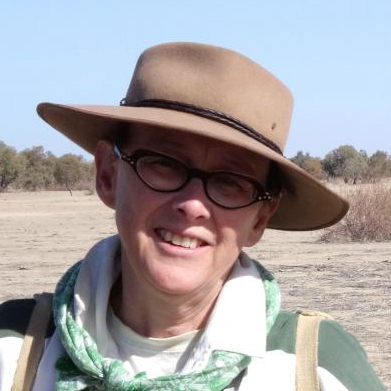The UNFCCC Paris Agreement to combat climate change requires commitment and action towards a sustainable, low carbon future. The target set was to limit global warming to 1.5°C – and we are only 0.4°C away. Global carbon emissions peaked in 2019 but have already dropped down this year due to limited air travel and other factors. While the circumstances that brought about these changes are less than ideal, it is a start and hopefully lays the foundation for sustained reductions.
The future climate is in our hands – our actions now will decide that future. Energy production remains the primary driver of greenhouse gas emissions, followed by agriculture, forestry and other land uses, then industry and transport. According to climate scientist Professor David Karoly, countries in the Southern Hemisphere are expected to experience the largest economic impacts of global warming, and it is therefore imperative that Australia takes leadership and responsibility for making change.
The IPCC aims to understand the influences driving the Earth’s climate variability and future climate scenarios. It does not conduct its own research or run models; instead, it provides a meta-analysis of the work of thousands of researchers across the globe to provide a scientific basis for governments to develop climate-related policies. The IPCC warns of risks to food production and security, water availability, species extinction, biodiversity reduction, coastal erosion, floods and droughts, negative impacts on human health, and population displacement. ‘The IPCC has been saying the same thing since the 1990s, but no one is listening,’ said Dr Chloe Mackallah, reading directly from the IPCC’s Fifth Assessment Report, which states that the effects of anthropogenic greenhouse gas emissions ‘are extremely likely to have been the dominant cause of the observed warming since the mid-20th century.’
Current climate models cannot capture the persistence of drought and length of heatwaves, and they struggle to simulate future rainfall extremes, sometimes because they offer conflicting results, because climate prediction and greenhouse gas emission models are not just in the hands of climate scientists. They have to take the human population into account – demography, economics, technology, and our actions. The modelling of future carbon dioxide emissions provides multiple possible futures depending on these. Professor Andy Pitman asks “what do you want for your future? Which do you think we can achieve?”
Our climate is already changing. Under the Paris Agreement, Australia and the world’s great nations have committed to reducing global temperatures to a 1.5-2°C rise over pre-industrial levels. Should this exercise prove successful, a 2°C rise will still have far-reaching climate effects, with major implications for the State of Victoria. This panel of senior scientists were gathered together by the Governor of Victoria to showcase some of the work in climate adaptation produced in our state and, most importantly, share actions we could all take in our personal and professional lives to adapt to the “new normal.”
Imagine sweltering through four days of 40°C – 50°C temperatures. Or not being able to get home because flooding has disrupted rail and road networks. With the changing global climate, such scenarios are possible within the next 20 years. The question is: will Victoria be resilient to these challenges? This is the problem senior government officials and researchers gathered together to answer. RSV’s inaugural Future Thinking Forum saw representatives from over 35 agencies, including universities and government, meet to discuss Victoria’s capacity to cope with extreme weather. The proceedings began with the description of two possible extreme weather scenarios: a severe heatwave and an extreme flooding and wind event. These scenarios were not one of a distant future, nor were they from a dystopian, Eco-Disaster novel. They could be Victoria’s reality within the next two decades.









